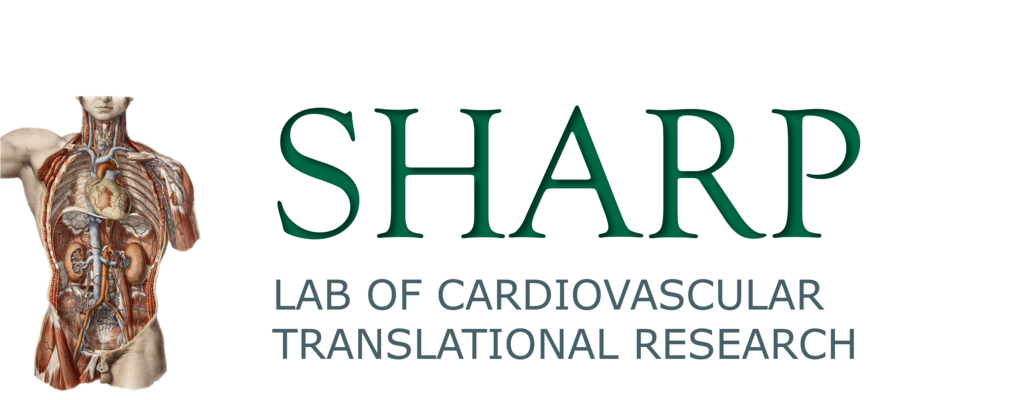RATIONALE: Adoptive transfer of multiple stem cell types has only had modest effects on the structure and function of failing human hearts. Despite increasing the use of stem cell therapies, consensus on the optimal stem cell type is not adequately defined. The modest cardiac repair and functional improvement in patients with cardiac disease warrants identification of a novel stem cell population that possesses properties that induce a more substantial improvement in patients with heart failure.
OBJECTIVE: To characterize and compare surface marker expression, proliferation, survival, migration, and differentiation capacity of cortical bone stem cells (CBSCs) relative to mesenchymal stem cells (MSCs) and cardiac-derived stem cells (CDCs), which have already been tested in early stage clinical trials.
METHODS AND RESULTS: CBSCs, MSCs, and CDCs were isolated from Gottingen miniswine or transgenic C57/BL6 mice expressing enhanced green fluorescent protein and were expanded in vitro. CBSCs possess a unique surface marker profile, including high expression of CD61 and integrin β4 versus CDCs and MSCs. In addition, CBSCs were morphologically distinct and showed enhanced proliferation capacity versus CDCs and MSCs. CBSCs had significantly better survival after exposure to an apoptotic stimuli when compared with MSCs. ATP and histamine induced a transient increase of intracellular Ca(2+) concentration in CBSCs versus CDCs and MSCs, which either respond to ATP or histamine only further documenting the differences between the 3 cell types.
CONCLUSIONS: CBSCs are unique from CDCs and MSCs and possess enhanced proliferative, survival, and lineage commitment capacity that could account for the enhanced protective effects after cardiac injury.
